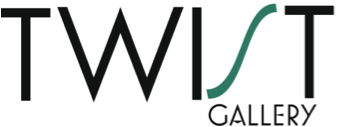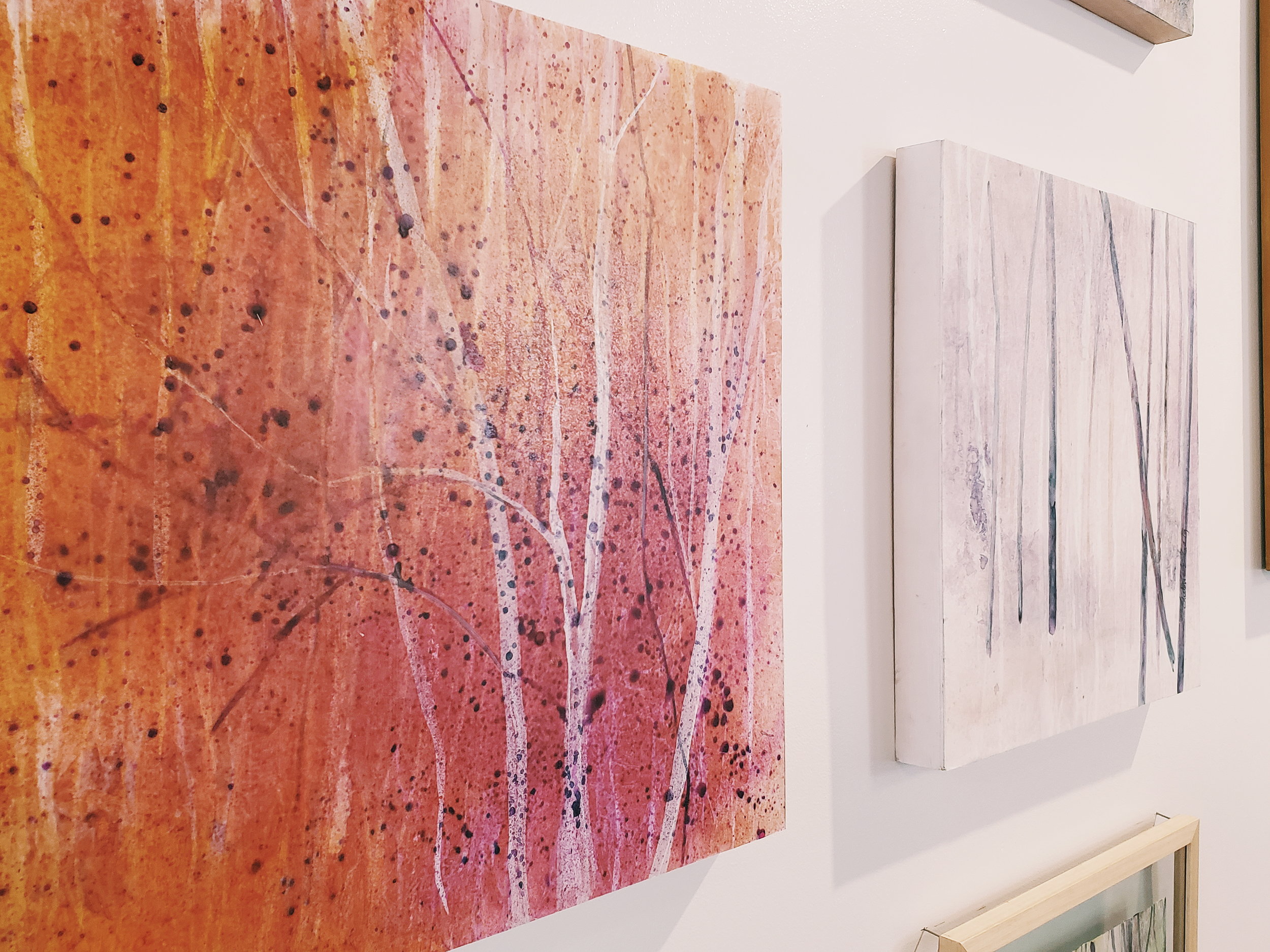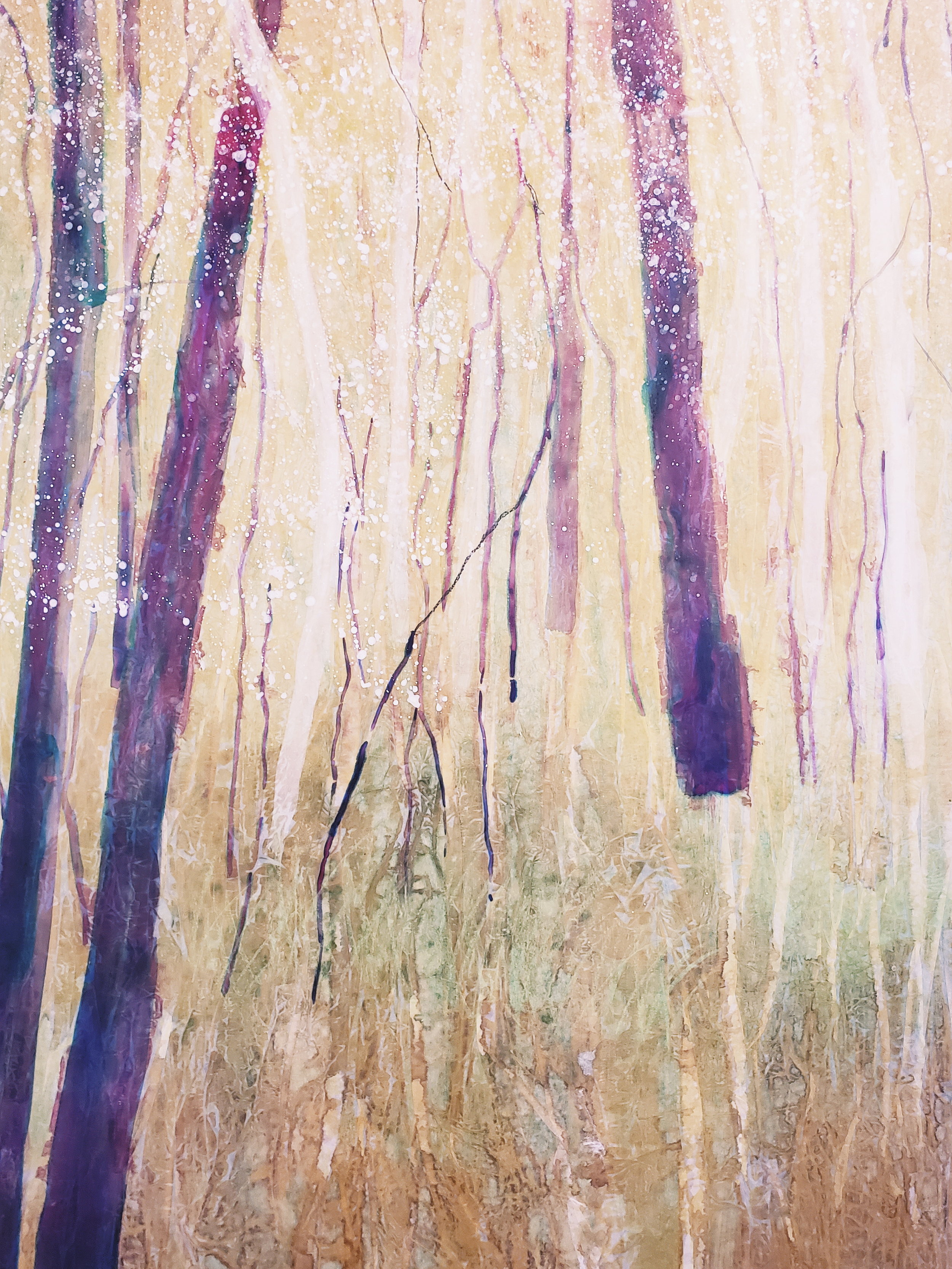September at Twist was all about water colour and modern landscape. We sat down with artist Gabriele Craig, featured in the gallery this month, and got to know more about her background, process and more.
What inspires your art?
Emotion, I would say if I had to pick one word. You’ll also find that my work is realistic abstract which may be a contradiction in terms, but it is an abstract interpretation of what we feel and what we see. You can see what it is about but it’s an abstract interpretation of such. You don’t do it consciously but it’s definitely there. Sometimes you do it consciously, but most of the time your personally always comes through whether your struggling or you’re not. It’s just there.
When did you first discover art and know it was something you wanted to pursue?
I started as a child. I’ve always been painting, always drawing. As a child I used to get up at 6 o clock in the morning, go in the woods, find a spot and have the world to myself. I’d draw the trees and draw whatever I saw and just enjoy the environment and being out there. I’ve never stopped. Other things have come along that the art was secondary, but it always was there.
Can you talk about your process and what tools you utilize?
My background is art therapy and I also teach art. When I have to speak about the process, one of my main objectives is when I teach there is no right or wrong- especially when you work in watercolour. By following that principal, it takes that pressure off that we put on ourselves. I pressure myself too because of knowing what I want the outcome to look like; therefore, I’m working very hard to get it to that. Sometimes it’s easier and sometimes it’s not.
I used to work in oils, I now have been working in watercolour for many years. I work on paper, but I also come from interior design where many years ago we used a material called Mylar which is a plastic film. Now the pieces you see on the wall in this exhibition are all done on Mylar which allows me to work on both sides. The idea originally was especially with large pieces, art doesn’t necessarily have to hang on the wall. It can also be suspended to divide a room if you like, therefore you would have two pieces in one because mylar looks different on one side than it does on the other.
What is it about watercolour that made you make it your primary medium?
Most people are going on the perception that watercolour is very difficult. Coming from art therapy I’ve learned, and not only through the art therapy background, but I also came across an artist many years ago who introduced me to watercolour pencils and watercolour ink. It brought me back to working on the Mylar. I also found it very fascinating and when I discovered the watercolour crayons and pencils it opened up a totally different door to how to do watercolour and to demystify the idea that it is difficult.
What is your personal goal as an artist?
My personal goal now that I’m retired from therapy is just to keep painting and keep discovering and moving into different areas and challenging myself all the time.
How do you come up with ideas for your different series?
The inspiration comes from different ways and different reasons. At one time I made a big change in my life and no longer owned my own house and I ended up doing a huge series of houses. In retrospect, when I looked at it I thought “okay I know where this is coming from.” If you’re in touch with yourself, you sometimes know afterwards why you did what you did, not necessarily while you’re into it. Other times you’re seeking to follow a series which in my case was the seascapes. I had a beautiful holiday and more than one in the Magdalen islands which inspired me to do seascapes, and more seascapes
How has your style and artworks evolved over time?
It certainly evolves and keeps changing although I have been working in watercolour for a long time now. I recently came back from conducting a group of artists in Germany just to paint whatever is in front of us. It has inspired a new series I am working on right now which is on paper. The inspiration comes from all sorts of things that are around us.
Who are some of your favourite visual artists currently?
Andrea McGuire is one of my very favourites. Unfortunately, she’s no longer in Toronto. Philip Craig has an exhibition right now, he is somebody I like very much. There are many artists that I find inspirational. Everybody has their specialty of expressing where they’re coming from and I always find that very interesting as well.
What is it like to be an artist in 2018?
I consider myself retired from my profession, so I’m able to dedicate all the time back to the art and be a full-time artist. If you were asking can you live from it, no you can’t but it is a very fulfilling occupation.
Moving forward, what’s next for you in the upcoming months?
I’m still working on the horses, I always like to be more spontaneous and so I have quite a few ideas that I have to work out and see how they work.





